![samsung-needs-to-start-innovating-again-or-face-losing-ground-on-android-[video]](https://betadroid.in/wp-content/uploads/2025/03/12794-samsung-needs-to-start-innovating-again-or-face-losing-ground-on-android-video.jpg)
Contents

Samsung currently holds a commanding position in the Android market, but that complacency could and, in some ways, should threaten its long-term dominance.
Table of contents
- The “big” player can always become part of the crowd
- Stagnant hardware combined with downgrades
- Is this the result of no competition?
The “big” player can always become part of the crowd
In most markets around the globe, there are two big players: Samsung and Apple. Drill down into the data and Samsung absolutely dominates the Android space. According to the latest figures, Galaxy phones account for almost 1 in 4 Android phones sold. That is a huge volume of devices.
Good things don’t last forever. Looking at the admittedly different Huawei situation, Samsung undoubtedly benefitted from it. But with Xiaomi sitting at around 11% or 1 in 10 Android phones sold across the globe, there is a very real possibility that Samsung could have more competitors if there is little progression in their hardware efforts—something that does seem clear as of late.
The reality is that Samsung will continue to be the dominant force on Android, at least for the time being. As nice as it would be for Google to be a direct competitor, the Pixel lineup likely won’t make enough inroads across the globe. Sure, we could see Pixel phones become a bigger player in the US and Europe, but the rest of the world is likely still going to stick to the growing number of cheaper Chinese brands. Think Tecno, Inifix, Realme, and more.
What’s more, it’s no secret that Samsung and Google have been working together much more closely over the past 4 or 5 years, specifically tailoring Android and One UI. This has given the Korean tech giant a bit of an edge when it comes to the early adoption of features.
For instance, Circle to Search, Gemini-powered Galaxy AI, plus other little tweaks and tuning. The knock-on effect is that the Galaxy update schedule is getting better and better. 7 years of updates is incredible just as a value proposition and One UI is potentially the best version of Android. It is one of the most important progression points for Samsung in recent years – arguably the biggest in my humble opinion. It’s fantastic.
Stagnant hardware combined with downgrades
Right now, Samsung is sitting pretty, but the past couple of releases of their flagship lines – the S24 and S25 – while competent, haven’t been major leaps. The industry isn’t developing at the rate it did say a decade ago, but there are still areas where improvements can be made.
The gap between Google and Samsung has closed drastically, the gap between Samsung and the likes of Xiaomi, Oppo, and OnePlus is razor thin. The competition is getting better…and closer now. The Galaxy Fold is a prime example of this. It has barely evolved since the 3rd or 4th generation. Honor has a better foldable, Oppo has a better foldable, but the only saving grace for Samsung is that these devices aren’t available in all markets.


Even at the low end, there are high-quality, affordable Android phones that usurp the Samsung Galaxy A-series in most areas. Samsung does not truly compete in the mid-range like the company did in years gone by. Xiaomi and others have the edge here, and Samsung could have major problems.
Phones are getting expensive—very expensive. Lots of people still buy their devices on cell plans or contracts. If you can get more for your money at $500 or $600 off-plan, then you’re likely going to do that. Do you need all the bells and whistles if the core experience is 95% of the way there? For me, this has never been more pronounced.
The gap between the mid-range and the high-end is smaller than ever, but the price discrepancy is getting wider. Someone, please make this make sense.
This is where Samsung is weaker than many Chinese OEMs that make Android devices. There is almost a focus on the top and bottom of the market without much due care and attention being paid to the succulent middle ground. Price segmentation is really important for any brand, and Samsung needs to be more aware of this, as the value proposition is not quite where it should be across the Galaxy lineup like it maybe was in the past.
You can also see some issues with a lack of progression in some areas. For example, on Galaxy S phones, the camera systems haven’t really changed drastically for a few years. Conversely, Vivo, Oppo, Xiaomi, and other Chinese OEMs are putting insane systems on the back of their phones. There can be no doubt that China is leading the way in pushing the boundaries of mobile photography.
Does that matter? Well, sort of. We don’t necessarily need changes, but we want improvements because, take, for example, the Galaxy S23 Ultra. The images on that two-year-old phone and the Galaxy S25 Ultra aren’t all that different. In some cases, the S23 Ultra can take better long-range photos than the S25 Ultra. The core system is so damn similar that if you were looking to upgrade, there isn’t much of a reason to do so.
Even the S Pen has degraded a little. It doesn’t have Bluetooth connectivity. So you lose out on some features that older phones have over the newest phones. Again, someone, please make it make sense.
Is this the result of no competition?

It wasn’t all that long ago that Samsung led the way on Android with new form factors like the Galaxy Fold. With the past few releases, well, what’s actually changed? A new processor? That’s basically it. Is that enough to justify an update? Isn’t this what people used to criticize Apple for by offering little new but marketing it as such? Samsung is getting closer to Apple’s model than ever before.
Personally, I think that without Huawei, we’ve seen Samsung settle a lot more due to a lack of major competitors within its own space to truly keep the company on its toes. At one point in late 2020, before the bans really kicked in, Huawei briefly shipped more handsets than Samsung. Since then, I think Samsung hasn’t really had a true competitor as such to effectively force the company to innovate or do things to differentiate itself, well, from itself. The status quo hasn’t changed, but Huawei proved that it can.
Five years on, it shows that Samsung’s position as the Android king is not invulnerable. They still need to adapt to the evolving competitive landscape, address their weaknesses, and continue to innovate to maintain their dominance. The next few years will be crucial in determining whether they can hold onto their crown, especially in global markets.
For those in North America, you basically have two players in the space. It’s unlikely that Apple is going to lose grip on an almost insurmountable lead. Samsung is the defacto second player, but that could change there, too. Google is really throwing money at marketing the Pixel series, and this could be a huge growth area as people seek an alternative. Sales figures aren’t going to worry Samsung right now, but it can sap at those juicy, juicy sales year over year.
One of the biggest enemies of progress is complacency, and there is more than a hint of that in Samsung’s recent hardware efforts. That said, at least the software looks good…
Add 9to5Google to your Google News feed.
FTC: We use income earning auto affiliate links. More.

What’s your reaction?
Love0
Sad0
Happy0
Sleepy0
Angry0
Dead0
Wink0
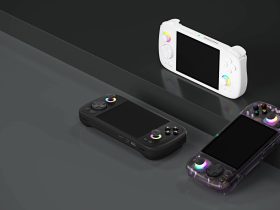
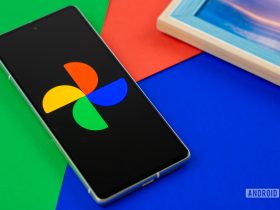


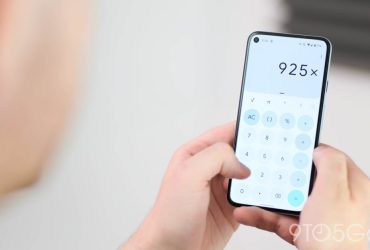
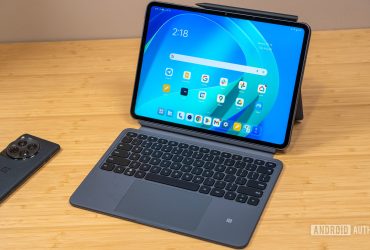
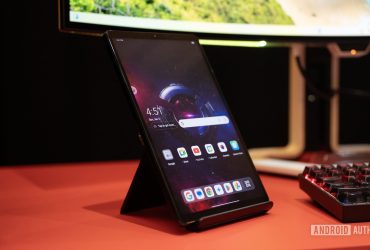
Leave a Reply
View Comments